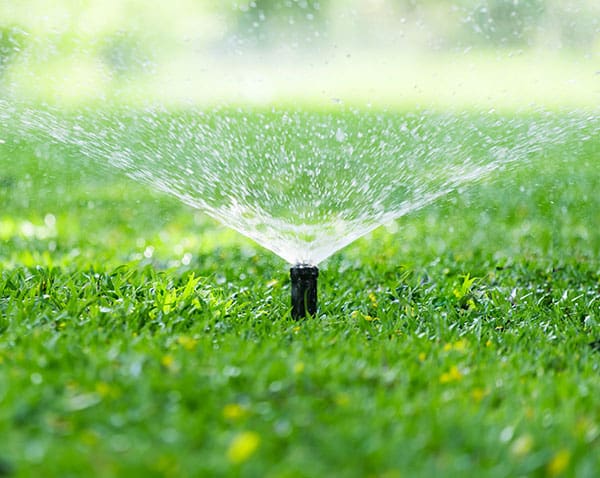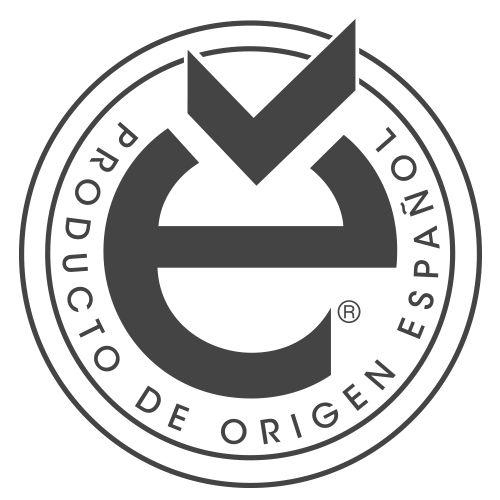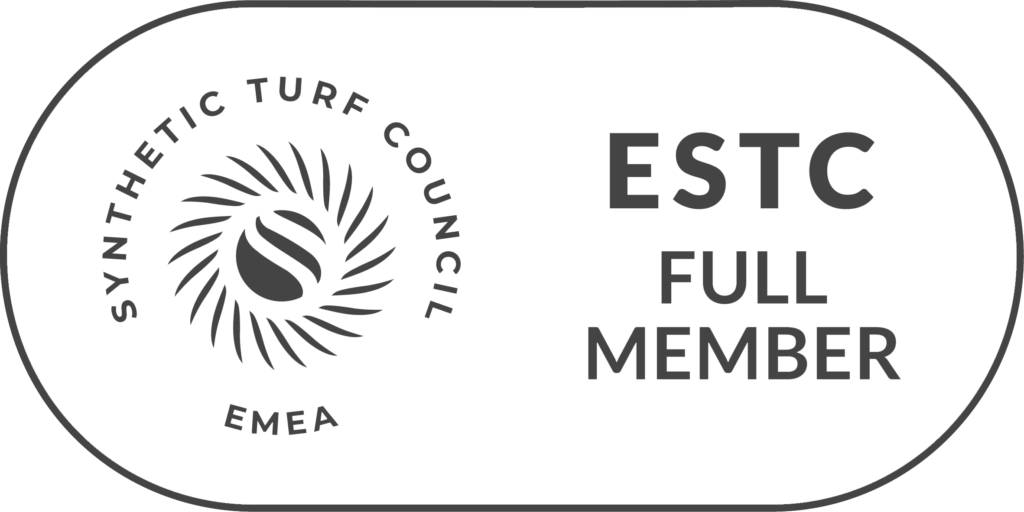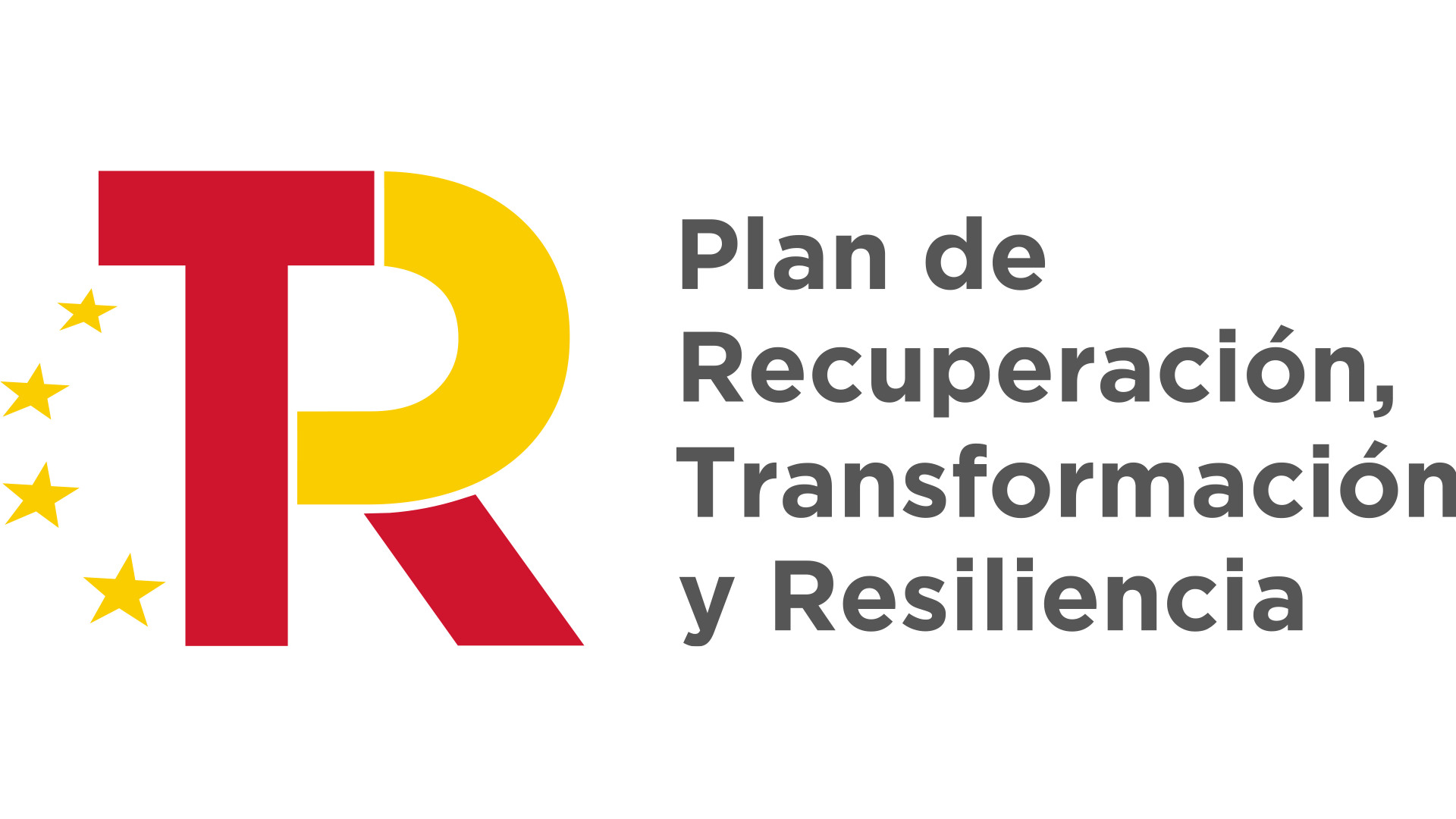Artificial Grass Irrigation: Is it Necessary?
Artificial turf irrigation is not a common requirement, as artificial turf is designed to provide an aesthetic and functional solution that does not require water for maintenance. However, in some specific circumstances, irrigation of artificial turf can be useful to improve its performance or usage experience.
Why water artificial turf?
Although it is not essential as in natural grass, irrigation of artificial turf can fulfill certain specific functions:
- Reduce the temperature:
- On hot days, especially in hot climates, artificial turf fibers can become hot. Light watering can cool the surface and make it more comfortable for walking or playing.
- Remove dust and dirt:
- Occasional watering helps to clean the artificial turf, removing dust, pollen and other contaminants accumulated on the surface.
- Refresh the environment:
- In recreational or event spaces, irrigation can improve the thermal sensation and make the area more pleasant for users.
- Settling fillings:
- If the artificial turf uses silica sand or other infill, watering it can help the material settle better between the fibers.
How often should artificial turf be watered?
Watering should not be frequent, and the need for watering will depend on use and climate. Some general guidelines include:
- In warm climates:
- Water the lawn only on the hottest days to cool the surface.
- After special events:
- After heavy use, such as a party or sporting activity, a light watering may be useful to clean the surface.
- Occasional maintenance:
- Every few months, gentle watering may be enough to keep the lawn clean and fresh.
Benefits of non-irrigated artificial turf
Artificial turf is a sustainable and efficient solution because it eliminates the need for regular watering. This translates into:
- Water savings:
- Ideal for areas with water restrictions or environmental concerns.
- Low maintenance:
- It does not require the time and effort associated with watering natural grass.
- Cost reduction:
- Less water consumption means lower water bills.
Irrigation methods for artificial turf
- Hose:
- A garden hose is sufficient to refresh and clean small areas.
- Sprinkler system:
- If the space had natural grass before, sprinklers can be reused occasionally to cool and clean large areas.
- Portable sprayer:
- Ideal for small gardens or specific areas in need of occasional refreshment.
Conclusion
Watering artificial turf is not a routine practice, but it can sometimes enhance the user experience and aid in its maintenance. Unlike natural grass, artificial turf does not rely on water for its appearance or durability, making it an environmentally friendly and economical solution.












